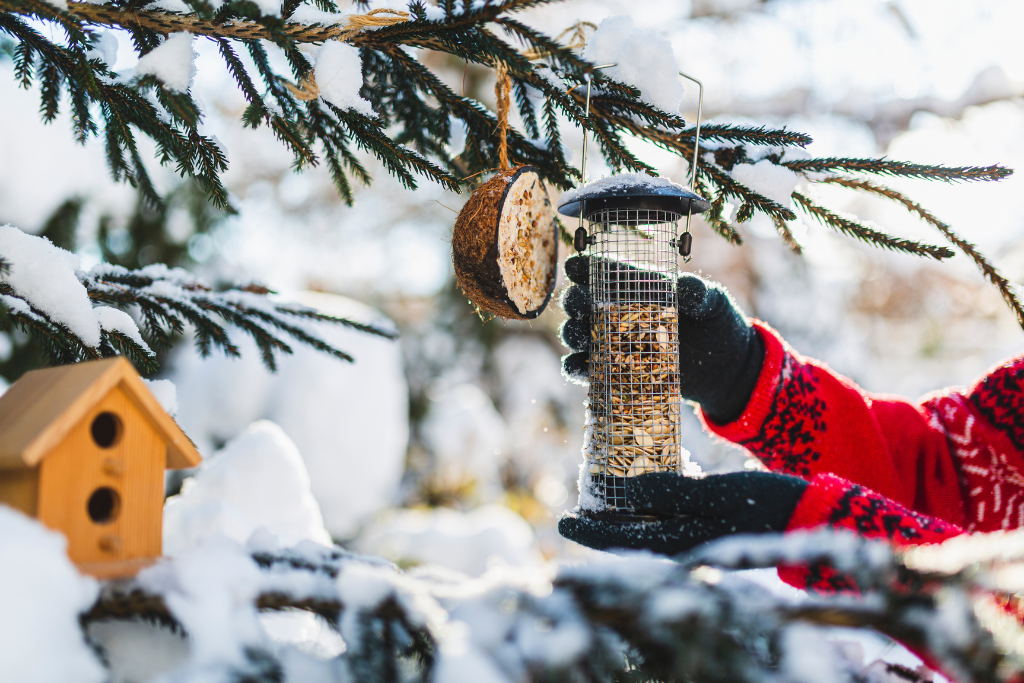
Prepare Birds for Winter
27 November 2025 +As winter settles in, the vibrant colors of Blue Jays, Red-Breasted Nuthatches, and Northern Cardinals bring life to an otherwise dull landscape. But with snow ...

As winter settles in, the vibrant colors of Blue Jays, Red-Breasted Nuthatches, and Northern Cardinals bring life to an otherwise dull landscape. But with snow covering natural food sources and insects disappearing, birds face a tough challenge finding enough to eat. By providing food, water, and shelter, you can help your feathered friends survive—and even thrive—through the cold months.
Winter is one of the most energetically demanding seasons for birds. They need extra calories to maintain body heat, yet natural seeds and insects become scarce. Feeding birds not only helps them endure harsh conditions but also brings beauty and activity to your backyard. Keeping feeders up into spring can even support migrating species on their long journeys north.
Avoid placing seed directly on the ground—it attracts deer and other unwanted guests. Instead, opt for mess-free seed blends and consider fencing feeders to keep wildlife out.
Water is just as critical as food. When natural sources freeze, birds struggle to stay hydrated. Use a sturdy birdbath in a sunny spot or invest in a heated birdbath to keep water accessible. Refresh water every other day and clean baths with a 9:1 water-to-vinegar solution.
Dirty feeders can spread disease. Clean them every two weeks with a solution of 9 parts water to 1 part bleach, scrub thoroughly, and dry before refilling.
Winter birds need quick energy. Stock feeders with:
Brush piles and bird boxes provide safe roosting spots during storms. Nest boxes can double as winter shelters.
Helping birds through winter is rewarding—for them and for you. With a little effort, you’ll enjoy a lively backyard full of color and song all season long.